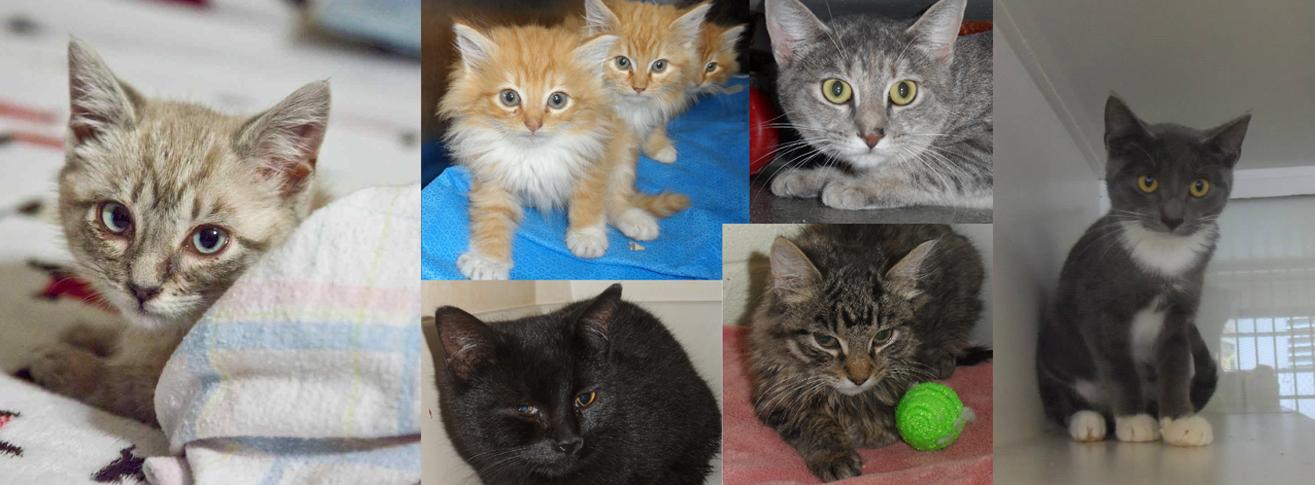Helping Cats Get Along
By Sherry Woodard, Best Friends animal behavior consultant
Cats, like people, don’t always co-exist peacefully. If you have cats who are disagreeing, you’ll want to separate the cats if any of the following situations have occurred:
- The cats have injured each other, requiring medical care
- One cat becomes ill because of the stress caused by being bullied
- One cat starts living in hiding, and a medical condition has been ruled out
To find out what to do after separating the cats, read Aggression Toward Other Cats.
If the situation is less dire (e.g., cats who hiss at or smack each other but haven’t caused injury), here are some tips to increase the degree of harmony in your household without separating the cats:
- If a cat has recently started this behavior, the first step is to check for a medical problem. A cat might act aggressively because she isn’t feeling well, so schedule an appointment with your veterinarian to find out if there’s anything wrong medically.
- Observe the cats carefully to see if you can pinpoint when and where the unwanted behavior happens. For example, does it happen around mealtimes or when you are giving attention to the cats? If the conflict seems to be over resources (e.g., food, places to snooze), try providing an abundance of resources. Increase the number of food and water bowls, litter boxes and cat beds, and place them in different locations in your home. Offer plenty of vertical spaces and hiding places, too: These can be crates, boxes, open shelves of bookcases, cat trees and other types of furniture designed specifically for cats.
- If the conflict isn’t about food, use treats and mealtimes to help the cats develop a positive association with being near each other. Feed the cats next to each other and reward them with treats for getting closer to each other without acting aggressively.
- Give each cat one-on-one attention. If necessary, put one cat in another room while you interact with the other cat. During one-on-one time, hand-feed treats, practice having the cat come when called (see “Aggression Toward Other Cats” for tips on how to do this) and engage the cat in interactive play. If one cat is more of a bully than the other, give that cat extra playtime to try and burn off some of his/her excess energy. Try different kinds of toys to see which ones get your cats moving the most.
- Spraying feline pheromones in your home can help calm cats and facilitate their acceptance of other cats. One commonly used spray is Feliway; another brand of feline pheromone that comes in a collar is NurtureCALM 24/7.
- Finally, train each cat to be comfortable in a crate (see “Crate Training Your Cat”). Crate training can be useful for every cat and crates make handy “bedrooms” for cats to feel safe in.
For more information, I recommend the book “Cat vs. Cat: Keeping Peace When You Have More Than One Cat” by Pam Johnson-Bennett.

